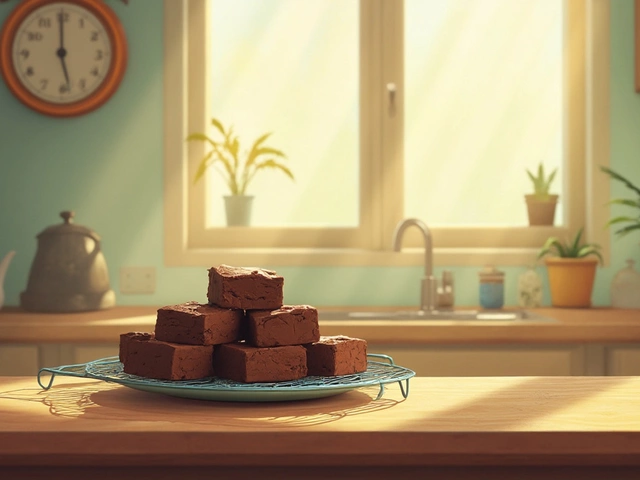Candy Recipes: Sweet Ideas for Every Sweet Tooth
If you love candy but hate store‑bought versions, you’re in the right place. Below you’ll find practical tips that turn basic ingredients into chewy, creamy, and crunchy treats you can brag about. No fancy equipment, just a pot, a thermometer, and a bit of patience.
Fudge – The Classic Candy Made Easy
Fudge is the go‑to candy for beginners because the steps are few and the results are impressive. The real secret? Hitting the perfect soft‑ball stage, which sits between 235°F and 240°F (112°C‑115°C). Use a candy thermometer and watch the rise. If you miss it by a few degrees, you’ll get a grainy mess instead of that smooth, melt‑in‑your‑mouth texture.
Quick fix for grainy fudge: once the mixture looks grainy, gently re‑heat it to the soft‑ball range, stir constantly, and pour into a greased pan immediately. The extra heat re‑dissolves the crystals and brings back that creamy feel.
Altitude matters too. At higher elevations, water boils faster, so add an extra 1‑2°F (½°C) to your target temperature. That small tweak keeps the fudge from turning dry.
Beyond Fudge: Creative Candy Ideas
Once you’ve mastered fudge, experiment with other candy basics. Chocolate bark is a fast, versatile option—just melt chocolate, spread thin, and sprinkle with nuts, dried fruit, or sea salt. Let it set, then break into shards.
If you’re looking for a gummy vibe, try vegan jelly sweets. Swap gelatin for agar‑agar, dissolve it in fruit juice, and set in molds. The result is a firm yet bite‑sized candy that’s completely plant‑based.
Caramel is another crowd‑pleaser. Use the same soft‑ball temperature, but add a pinch of sea salt at the end for that salty‑sweet kick. Stir constantly to avoid burning, and pour into a parchment‑lined pan. Let it cool, then cut into squares.
Storing your candy right is crucial. Keep fudge, chocolate bark, and caramel in an airtight container at room temperature—no fridge needed unless it’s a hot climate. For gummy candies, a cool, dry spot works best; moisture will make them sticky.
Need a quick fix for a candy mishap? If your caramel hardens too quickly, re‑heat it gently with a splash of cream. For over‑cooked fudge, stir in a little butter and a dash of milk, then re‑heat to the soft‑ball stage again. Simple tweaks can rescue most disasters.
These candy recipes are perfect for birthdays, holidays, or a simple cheat‑day treat. Grab the basics, follow the temperature tips, and you’ll have a stash of homemade candy that rivals any store brand. Happy candy‑making!

Toffee vs. Fudge: What's the Real Difference?
The sweet world of candy often blurs lines between toffee and fudge, leaving many dessert lovers curious about their differences. Dive into the key ingredients, textures, and cooking methods that set these two delicious treats apart, while also discovering how to best enjoy them at home. This article simplifies their distinct characteristics and offers tips for making perfect batches. Whether you're a sweet tooth newbie or a seasoned candy maker, this guide will satisfy your curiosity and your palate.
View More



